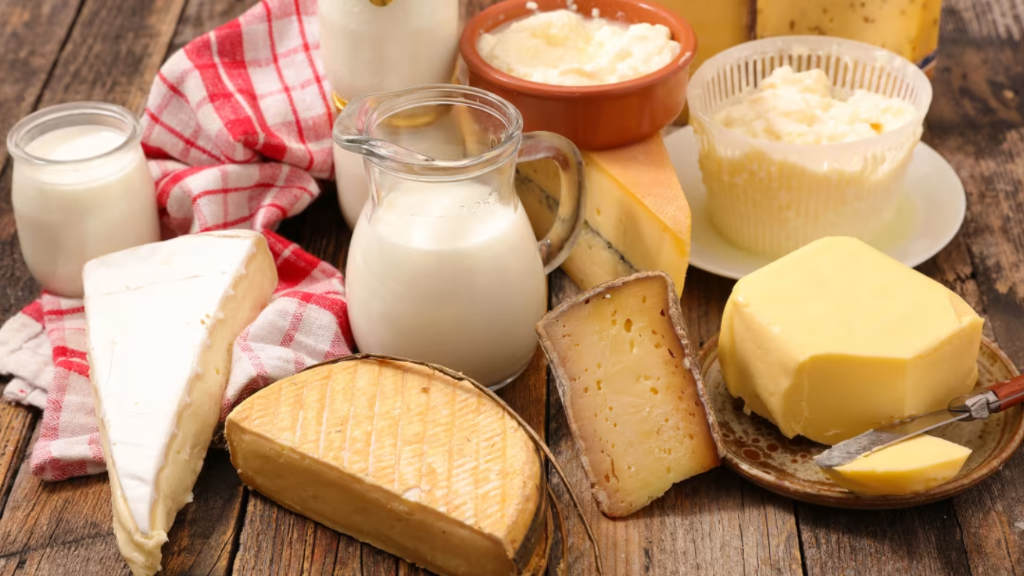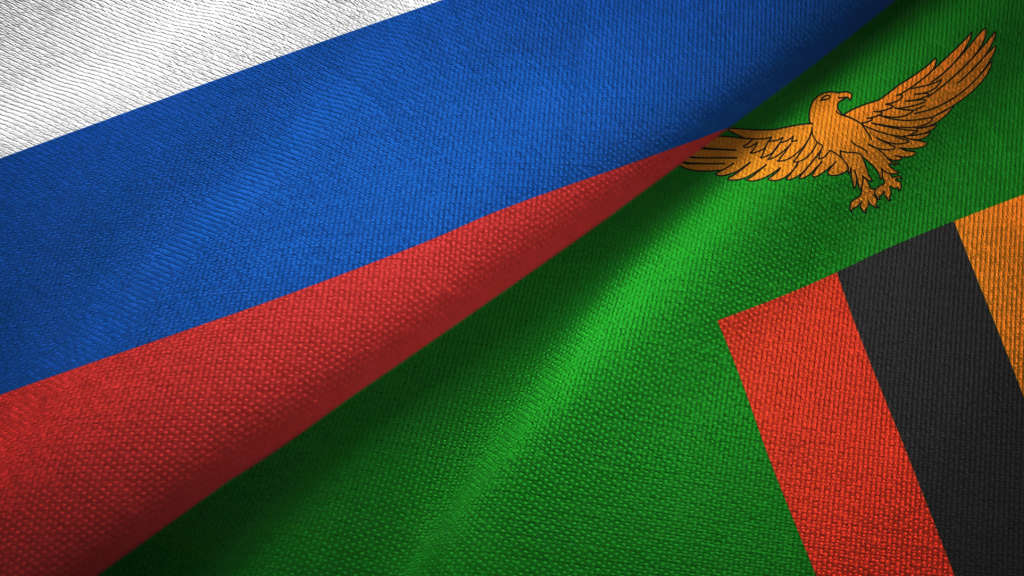Russia intends to strengthen the presence of its dairy products in the markets of Africa, the Middle East, and Southeast Asia, according to Ruslan Alisultanov, the head of the export committee of the National Union of Milk Producers (Soyuzmoloko) and chairman of the board of directors of Health & Nutrition.
Alisultanov said, “I see the task of the export committee as building closer interaction with government bodies, public organizations, and exporters in order to strengthen the presence of Russian products in the markets of Africa, the Middle East, and Southeast Asia; removing regulatory barriers between partner countries; and increasing the share of dairy products in Russian exports.”
According to Agroexport center data, Russian dairy product exports increased 18% in monetary terms in 2024 and rose 16% between the beginning of 2025 and mid-August. In addition, supplies of some product types have increased several times over.
Soyuzmoloko General Director Artem Belov added, “The development of dairy product exports remains one of the strategic directions in the broader context of the dairy industry’s development. For this, developing proposals to improve the system of state export support, promoting dairy products in foreign markets, and reducing trade barriers seem very important. It is these tasks that the newly formed export committee within the union’s structure will deal with.”
There are significant opportunities. Dairy consumption in Africa is significantly lower than the global average, with consumption around 37 liters per capita annually, though it is increasing due to urbanization, population growth, and rising income levels. While there is high demand, local production struggles to keep up, leading to significant imports of processed and imported milk to meet consumer needs.
Dairy consumption in the Middle East is steadily increasing, driven by a growing population, rising urbanization, increased health consciousness, and a burgeoning middle class seeking healthier food options. Whole fresh milk is the dominant category, but there’s also a growing demand for value-added products like yogurt and cheese. Major markets include Turkey, Iran, and Egypt, with Saudi Arabia and the UAE also showing significant growth and focusing on local production and import of high-quality dairy.
Dairy consumption in Southeast Asia is characterized by low per capita intake but significant growth potential driven by economic development, rising disposable incomes, and the adoption of Westernized diets, particularly in countries like Vietnam and the Philippines. However, domestic production often lags behind demand, leading to a heavy reliance on imports to meet consumer needs.
Further Reading






